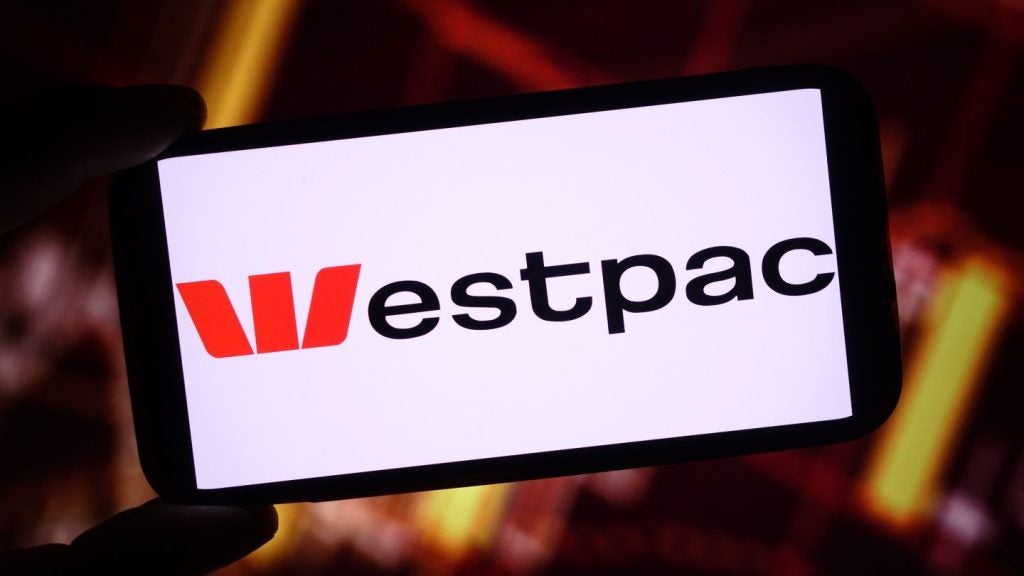The unprecedented events of the last several years have forced actions from central banks around the world. The Federal Reserve has increased short term rates with many predicting that they will have to rise even further to stem inflation. The Bank of England was recently forced to increase interest rates to 1% – its fourth successive increase and highest level since February 2009.
This escalation will inevitably impact the account analysis of banks, affecting the earnings credit rate (ECR) that’s calculated by banks to account for money they hold in non-interest-bearing accounts.
Consequently, it will lead many banks to search for ways they can maximise the value of account analysis for their corporate customers. Interest rates have been at record lows sitting at almost zero for most of the past decade, so the traditional account analysis statement has been little more than a bill for services. However, as rates rise, the corporate banking market can and should revisit account analysis and maximise the opportunities it presents.
The opportunity for intelligent account analysis
Just like the Great Depression led to the creation of Account Analysis, the 2008 financial crisis led to a situation that promised to turn it upside down. Dodd-Frank repealed the ban of hard interest on demand deposit accounts, and it seemed that earnings credit might be destined for the history books. Almost simultaneously, the Federal Funds rate dropped to near zero making both ECR and hard interest less interesting. The Federal Reserve began paying banks interest on their reserve balances and eventually dropped the reserve requirement to zero.
Considered independently, these factors could have resulted in a new age of bank fee billing in the US. But together, they have led to a decade of stagnation in account analysis. When balances can only earn 15-20 basis points (BPS) in earnings credit, the account analysis statement is just another bill for services leaving corporate treasury struggling and bankers unable to differentiate themselves in a commoditized product market.
The chase for yield
As rates rise at a record pace in 2022, the chase for yield will once again be a focus of corporate cash managers. Earnings credit will never be the best return on excess liquidity, but it can be a viable solution for companies that need to maintain readily available funds. Most banks will simply return to their old playbook for offering earnings credit, but smart banks will understand that facing different challenges requires different solutions for corporate customers.

US Tariffs are shifting - will you react or anticipate?
Don’t let policy changes catch you off guard. Stay proactive with real-time data and expert analysis.
By GlobalDataHowever, to charge or not to charge is the question that looms large over most commercial banking executives. Given that customers today expect hyper-personalized services, transparency and high-speed on-demand services, billing automation becomes crucial to ensure customer satisfaction, profitability and stability.
Commercial banks need a robust account analysis solution that gathers information from across disparate systems, captures every billing point and delivers comprehensive and accurate invoicing and statements to customers. An automated account analysis solution also ensures streamlined processes, personalized pricing and engaging offers.
What an effective account analysis solution should look like
Banks must take a customer-centric view rather than a product-centric view to gain visibility into the totality of the customer’s relationship with their bank. They should also develop earnings and interest offerings that are a custom fit to each customer, and offer options such as earnings credit only, hard interest only or a hybrid of both. They should also seek to eliminate unnecessary reductions of earnings credit from reserve reductions and maybe even consider other steps to raise capital.
Fees transparency
From a billing perspective, banks could offer ECR and/or interest that is pegged to a standard rate. They could also bring transparency to the fees and value that their corporate customers receive through intelligent statements, analytics and open banking. Through the implementation of strategic deal management processes and systems that can shine on Request for Proposals (RFPs) and negotiations, banks can win and, crucially, retain profitable business. Banks must also address their core systems and ensure their product catalogue, pricing and account analysis does not sit within their core ecosystem.
While account analysis has existed for a long time, banks have a significant new opportunity to apply technology innovations to implement a much broader solution for corporate customers. By addressing the provision of account analysis, they can create a solution that’s hyper personalised to the needs of their customers and provides a relevant and engaging offer to businesses. Ultimately, now is the time to streamline the account analysis process and utilise technology advances to make it more customer-centric and cost effective.
Dan Gill is Industry Principal – Banking & Financial Services, SunTec







